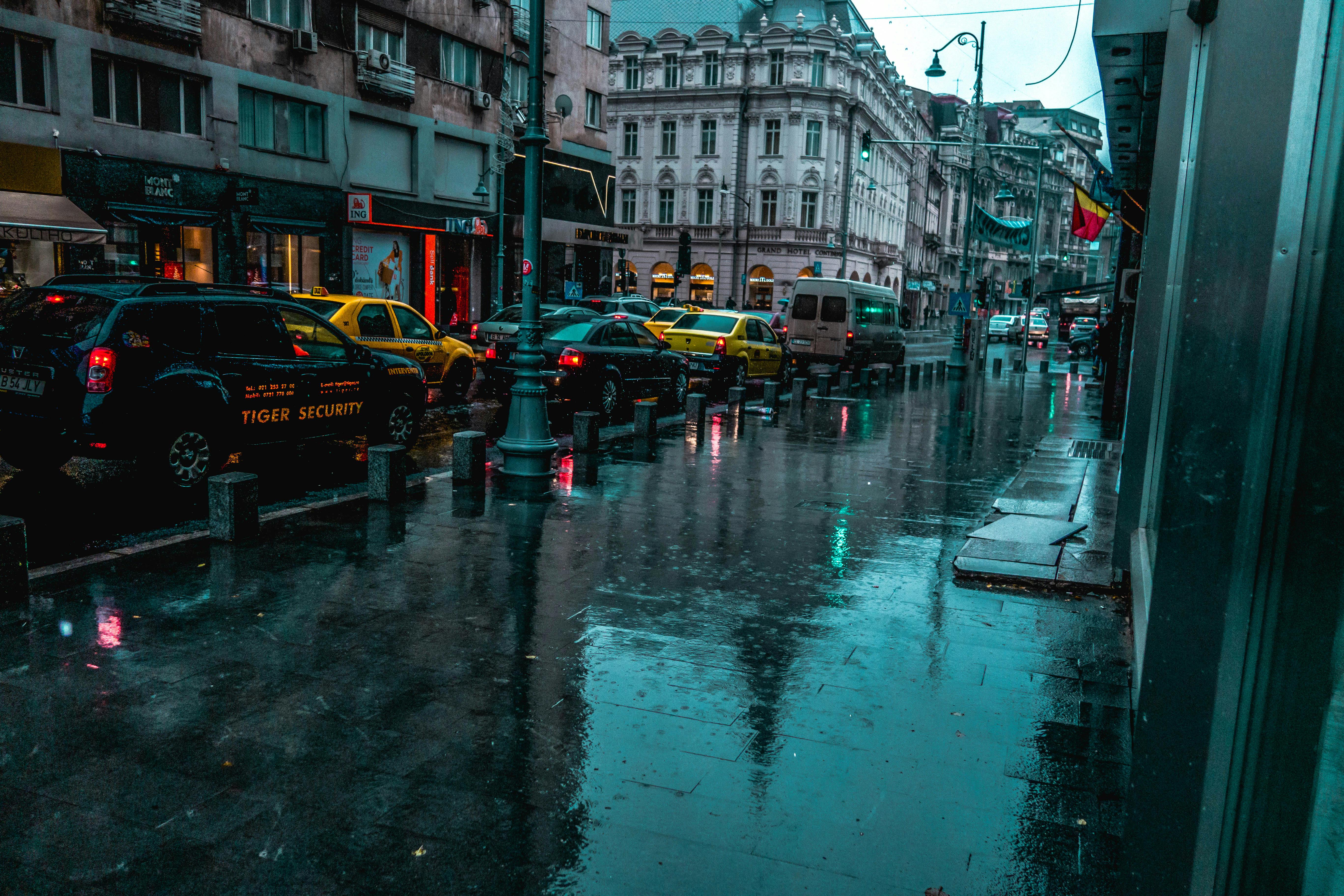Farm Cost Segregation Studies: Accelerated Depreciation to Save Taxes
Farm cost segregation studies are a smart tax measure for farmers and ranchers here in the Sacramento Valley, California’s agricultural hub. And it’s about time: Although cost segregation studies have been available for decades, they have only recently reached the mainstream. Agricultural entrepreneurs in Northern California are realizing the great benefit these studies can bring to their results.
The general concept of cost segregation studies, in which personal property, such as removable floors, plumbing, and electrical components connected to personal property, is separated from the actual property of foundations, walls, and other structural components, works well for properties like office complexes. , apartment buildings, single-family rental units, manufacturing plants, or shopping centers.
Agricultural cost segregation studies, however, need a broader view. When preparing a cost segregation study for farmers and ranchers, we must consider much more than just constructed buildings; We must also consider the ranch and farmland itself and all improvements made to the property for agricultural or livestock purposes.
Of course, the land itself cannot be depreciated. But certain land improvements on the land can be: road covers, for example, if they have been built privately; pumps and wells; fences and gates; irrigation facilities; and electrical wiring. And, in some cases, dams, ponds and terraces. Most of the possibilities of the farm cost segregation study are clearly spelled out in IRS Publication 225, Farmer’s Tax Guide, which devotes almost 3 full pages to Depreciation, Depletion, and Amortization.
The section “What property can be depreciated?” he answers himself with 3 subtitles:
- Property you own
- Property used in your business or income generating activity
- Property that has a determinable useful life
That last, determinable shelf life, is where a recent cost segregation study for a Yuba City rice farm got interesting. As anyone who owns a rice farm, works on a rice farm, has visited or even driven around a rice farm knows, a large part of rice farming includes earth dams and terraces. It sure would be nice if they could depreciate, right? Here’s what the IRS says about such structures:
Dams, ponds and terraces. In general, dams, ponds, and terraces cannot be depreciated unless the structures have a certain useful life.
Well, when I see the phrase “generally, you can’t,” I wonder when you specifically can. So I rolled up my sleeves and looked at IRS posts related to agricultural depreciation. It turns out that 26 CFR 1.175-2, Code of Federal Regulations – Title 26: Internal Revenue Service, which defines soil and water conservation expenses, provides guidance for such depreciation:
More specifically, a farmer can deduct expenses incurred for these purposes. [soil and water conservation in respect of land used in farming, or for the prevention of erosion of land used in farming, but only if such expenditures are made in the furtherance of the business of farming] which are for (i) the treatment or movement of earth, (ii) the construction, control and protection of diversion canals, drainage ditches, irrigation ditches, earth dams, water courses, drains and ponds, (iii) the eradication of scrub and (iv) the planting of windbreaks. The expenses for the treatment or movement of the earth include, but are not limited to, the expenses of leveling, conditioning, leveling, terraces, contour furrows and restoration of soil fertility.
That’s the kind of information a farm cost segregation study specialist likes to discover, especially one in the Sacramento Valley! With these details, we can help our rice cultivation cost segregation study client to realize greater tax savings by conducting a Quality Cost Segregation Study that includes accelerated depreciation not only for their office buildings, farm facilities. machinery and storage silos, roads, pumps and wells, fences and gates and electrical wiring, but also “diversion canals, drainage ditches, irrigation ditches, earth dams, waterways, drains and ponds.”
